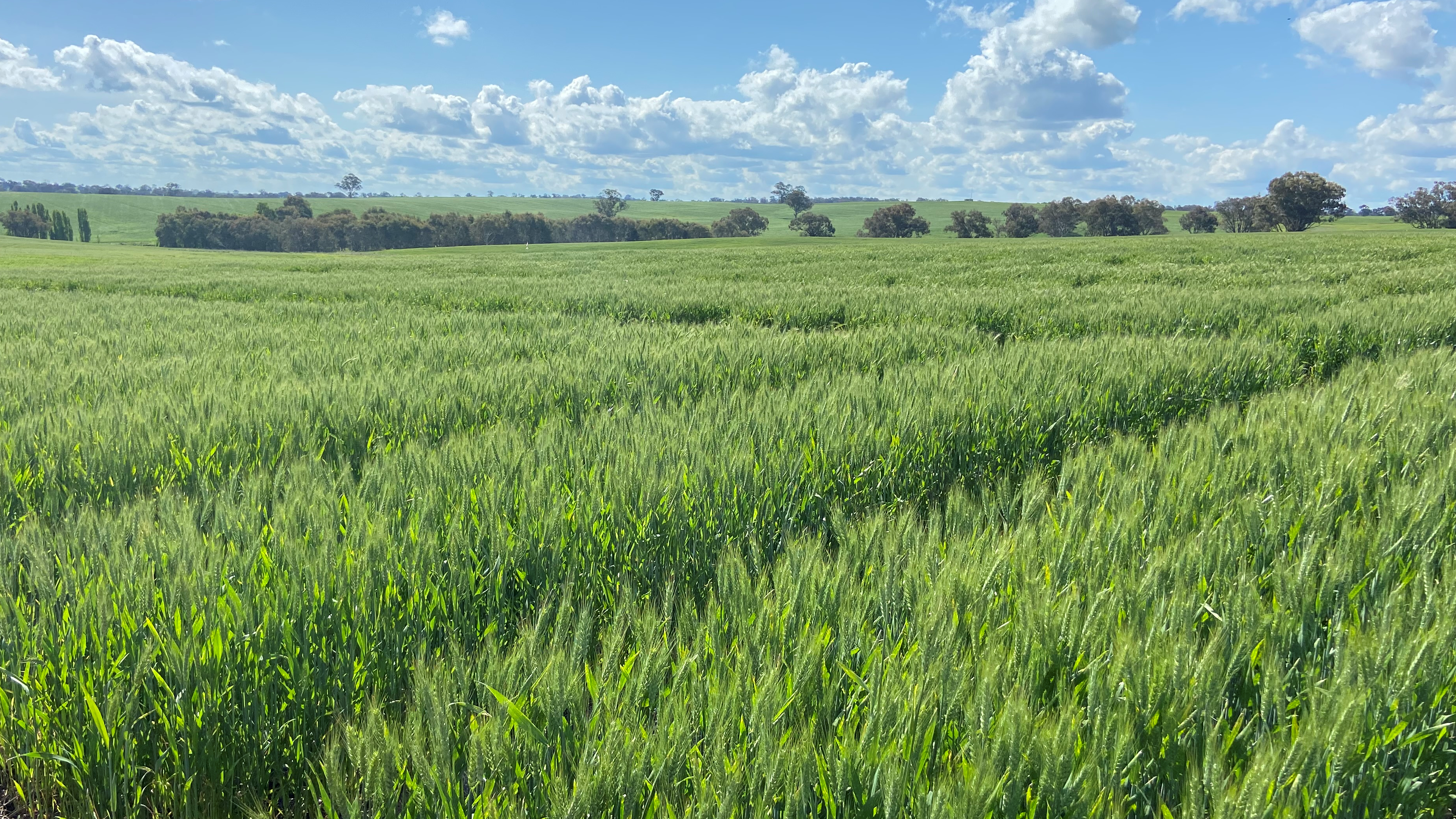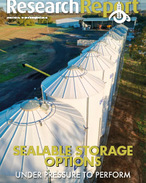Maximise your nitrogen use efficiency
Losing nitrogen to the environment can be costly, and the cost is higher than just the value of the nitrogen if grain yield is also compromised.
Nitrogen is an essential nutrient for dry matter production, shoot density and yield, so maximising nutrient use efficiency when applying nitrogen is critical.
When cereal crops begin to mature, nitrogen within the plant is redirected to developing grains then carbohydrates (from photosynthesis) are deposited within the grain. It is the level of carbohydrates that determines not just grain size and yield but the final grain protein level.
The first step in planning for nitrogen application is a simple budgeting process to assess nitrogen requirements.
As Technical Agronomist with Incitec Pivot Fertilisers, Jim Laycock, explains, knowing the nitrogen demand of crops is essential in determining the amount to apply and to maximising the nitrogen use efficiency.
"For example, Canola, like cereals, requires adequate levels of nitrogen to support dry matter production, flower formation, and potential yield," he said.
"This is particularly important during the early growth stages.
"For wheat, I recommend a budget 40 kilograms of nitrogen per tonne of grain, and for canola it's best to target 80 kilograms of nitrogen per tonne of grain."

Combat nitrogen loss
There are a number of factors that impact nitrogen use efficiency level, including things like root disease, leaf disease and weeds and insects.
"Soil conditions can be limiting as well, if there is compaction, sodicity, acidity, salinity or any sub-soil constraints," Mr Laycock said.
"Volatilisation is the other big factor at play when it comes to nitrogen use efficiency."
When urea or urea-based blends are broadcast on the soil surface, they can be susceptible to ammonia (NH3) loss (volatilisation). Volatilisation potential is determined by the ratio of ammonia to ammonium (NH4) in the product and soil pH. A high ammonia product placed into a high pH soil will have the greatest volatilisation potential.
"Research shows volatilisation in SE Australia has been measured as high as 26% of total N over a period of 20 days on an alkaline clay applied (light rain post application) in the first week of September," Mr Laycock said.
Beyond the type of product used and the soil pH, other factors that can increase NH3 volatilisation from top-dressed urea are:
- light rain post application, enough to dissolve the urea granule but not enough to wash the dissolved granule into the soil;
- crop residue on the soil surface can leave the urea granule "stranded" away from the soil surface;
- low buffering capacity soil;
- Soils with low cation exchange capacity (CEC);
- temperatures above 18°C;
- wind; and
- application to a moist soil that dries down post application.
New research on pH and buffering capacity
New research findings on soils in Western Australia published in the Soil Research journal looked at the effect that pH, CEC, clay content, organic carbon, and pH buffering capacity (pHBC) has on volatilisation when urea is broadcast.
The results showed potential for high losses of ammonia when urea is surface applied onto moistened acidic and neutral cropping soils. Of the applied urea-N, between 0.9% and 25% was volatilised.
"This tells us that grain production on sandy, acidic soils with low pHBC could lead to substantial NH3 volatilisation if urea is broadcast," Mr Laycock said.
"So, the safest application is onto dry clay soils (which tend to have a higher buffering capacity), in low humidity conditions with no wind and sufficient rainfall to move the urea into the soil within a few days of the application."
Safeguard your urea
Fortunately, there are other tools available to growers wanting to get the most from their nitrogen topdress programs.
Green Urea NV® is a urea-based product that is treated with N-(n-Butyl)-thiophosphoric triamide (NBPT). When NBPT is added to urea it inhibits the activity of the urease enzyme for a period of up to 14 days. During that period the losses of N as NH3 through the volatilisation pathway from the surface applied urea are significantly reduced and N is still present for the next rainfall event.

"Green Urea has been tested in field trials over a number of years and sites," Mr Laycock said.
"In a meta-analysis of 15 Incitec Pivot Fertilisers topdress nitrogen trials conducted across SE Australia 2005-07, Green Urea NV® gave a statistically significant yield response compared with the control and urea.
"Green Urea NV® also gave a significant protein increase compared with the control and urea."
One of the key benefits of a NBPT treated urea product like Green Urea NV® is the increased timing flexibility it can give growers.
"Topdressing with Green Urea NV® can start four to six days before a significant rainfall event with confidence that all the nitrogen is still available for incorporation into the soil profile when that rain front comes through," Mr Laycock said.
"As a rule of thumb, a product like Green Urea NV® is worth considering for topdress nitrogen programs if:
- You can't rely on good rainfall within four days from application;
- Your soil pH is neutral or alkaline;
- Soil temperatures are over 15 degrees Celsius and daytime temperatures are warm to hot;
- The soil surface is drying out and moderate to strong wind conditions are likely at the soil surface;
- The crop canopy is still open or you have high pasture, trash or stubble levels."
All farming systems should aim to maximise nutrient use efficiency. When choosing the most appropriate product to apply consideration should be given to the rate of application, the frequency of application, the timing of the application, the economic objectives, and any environmental consequences.
Further Information
For further information contact Jim Laycock on 0427 006 047 or jim.laycock@incitecpivot.com.au or visit https://www.ferts.com.au/nitrogen.
























